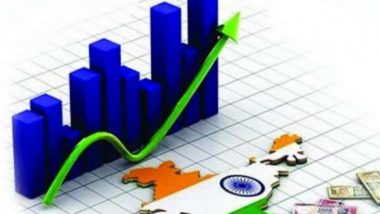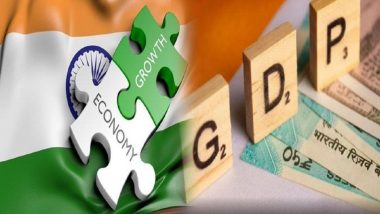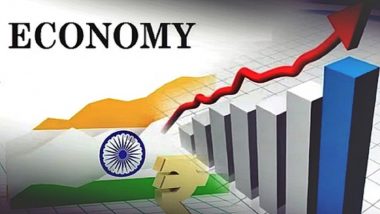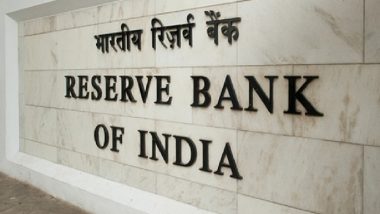The Fitch forecast for the Indian economy that it will register a sharp growth rate of 9.5 percent in the next fiscal has come as a shot in the arm for the government which has been announcing several measures to stop the economic decline amidst the corona pandemic.
"After the global crisis, India's GDP growth is likely to return to higher levels than 'BBB' category peers, provided it avoids further deterioration in financial sector health as a result of the pandemic," it said forecasting a 9.5 percent real GDP growth next year.
However, Fitch Ratings forecast a 5 percent contraction in the GDP in the ongoing financial year. Recession Meaning And FAQs: Are Some Countries in Recession? Know All About the Term And History From Around the World.
The government has already announced a 20 lakh crore economic stimulus package for reenergizing the crucial sectors of the Indian economy through the structural reforms. The crucial sectors which it thinks can play an important role in bouncing back the economy are Coal, Minerals, Defence Production, Air Space Management and Airports, MROs, Power Distribution Companies, Space, and Atomic Energy.
Considering the importance of these sectors, the government has already announced a slew of measures which include policy simplification, to make it simpler for people to understand what the sector can give, participate in activities and bring about transparency.
The reforms are expected to provide an impetus to those sectors which are new areas of growth, unleash new investment opportunities, lead to more production, and in turn generate more jobs.
The Prime Minister's vision of Atmanirbhar Bharat can also play an important role in overhauling the economy especially by boosting the MSME sector. It aims to infuse fresh life into the country’s micro, small, and medium enterprises (MSMEs), which account for almost 30 percent of the national GDP and 45 percent of the total manufacturing output.
The coronavirus pandemic also forced the Reserve Bank of India (RBI) to ease monetary policy by cutting policy rates and providing liquidity through long-term repo operations to boost the economy.
Meanwhile, global rating agency Standard & Poor's (S&P) also affirmed its rating on India's long-term foreign and local currency sovereign credit at the lowest investment grade with a stable outlook, saying the country's economy remains “a long-term outperformer versus peers at a similar level of income”.
The S&P released its rating days after Moody’s Investors Service downgraded India's rating by a notch. World Bank Projects Shrinking of Global Economy by 5.2% in 2020 Amid COVID-19 Pandemic.
As per S&P, India’s economy continues to outperform peers at a level of income. Fiscal and monetary easing, favourable corporate tax regime, healthy population and competitive labour cost works in favour of Indian economy. Regulatory reforms in recent times like cleaning of balance sheet of financial institutions by forcing them to account for NPAs, regulation for real estate sector, implementation of bankruptcy code and implementation of GST, though may have dampening effect in short term, but will have huge positive effect on economy in medium and long-term.
S&P observed in its release that “the global economic downturn resulting from the pandemic, along with strict domestic measures aimed at containing the spread of the local epidemic, are hitting the economy hard, and will likely result in a significant fall in activity in the first quarter of this fiscal year (i.e., three months from April 1, 2020). Productive capacity has been severely disrupted during this period, and millions of workers have left their jobs to return home, sometimes crossing the country to do so. India's labour markets have therefore weakened dramatically, and may take some time to heal. “
(The above story first appeared on LatestLY on Jun 11, 2020 10:06 PM IST. For more news and updates on politics, world, sports, entertainment and lifestyle, log on to our website latestly.com).













 Quickly
Quickly



















